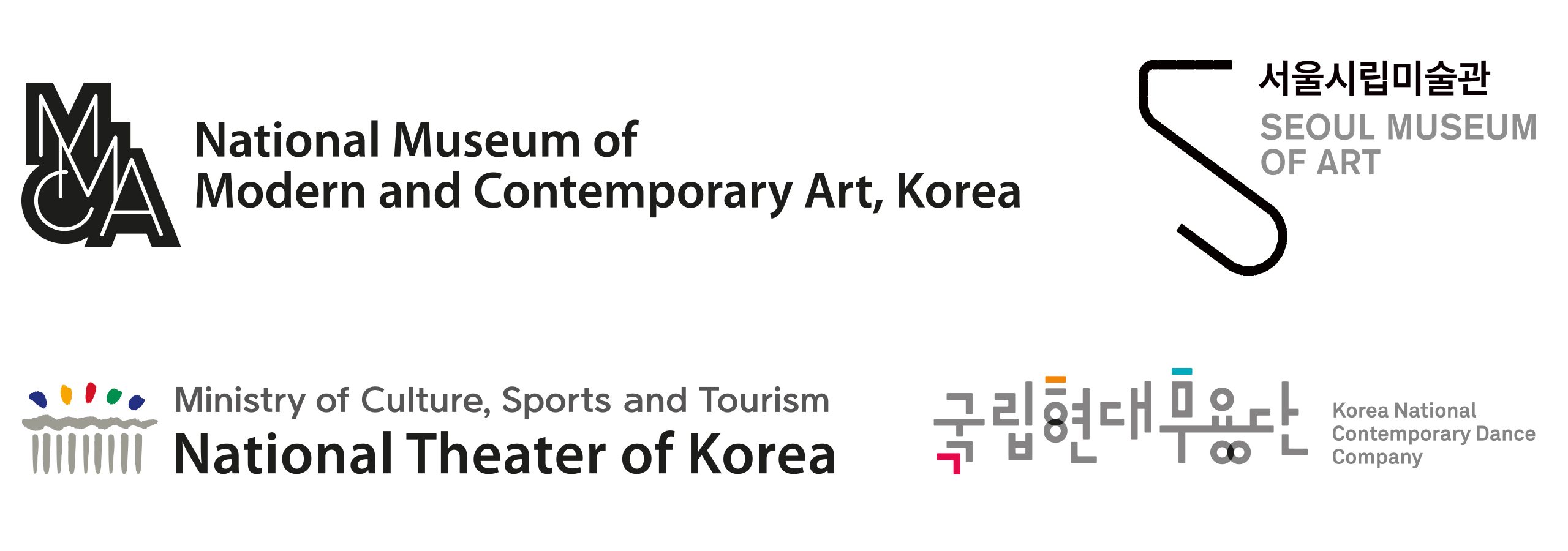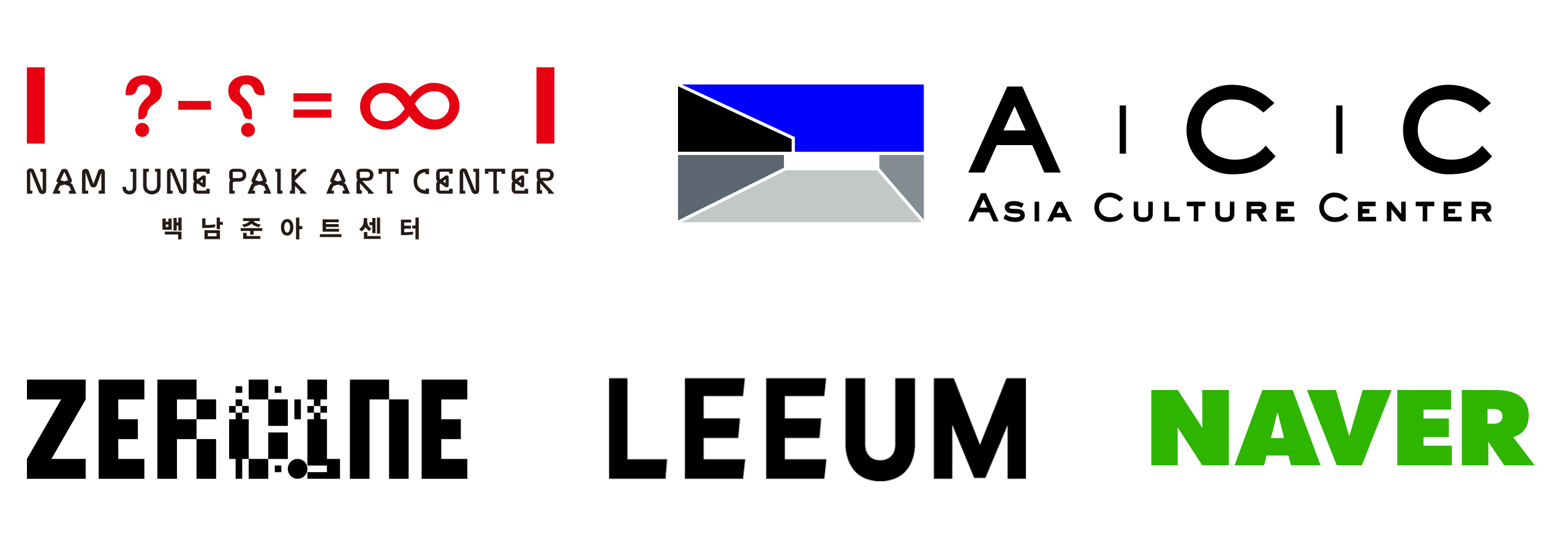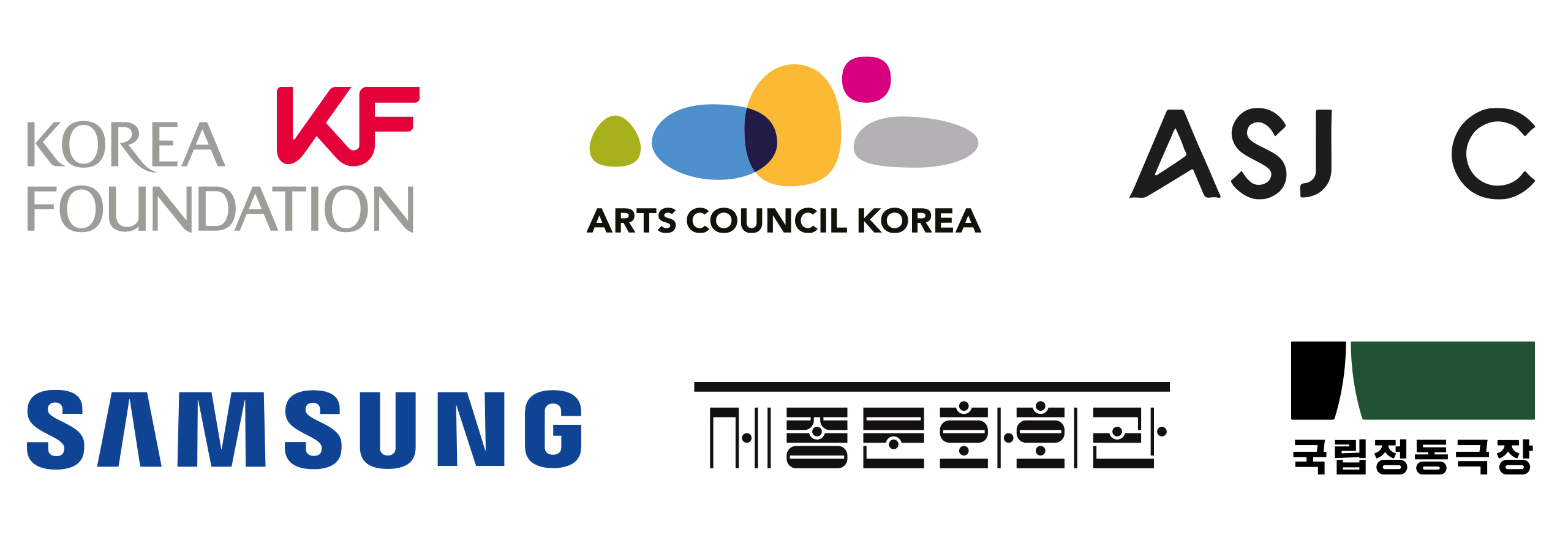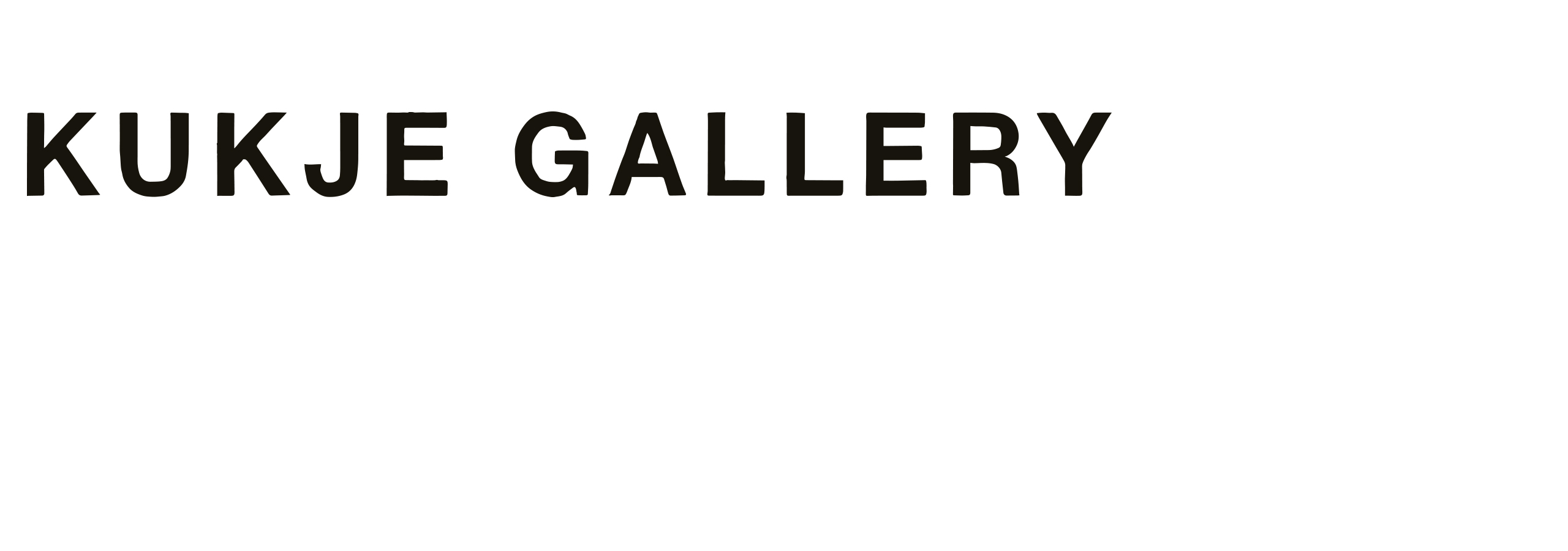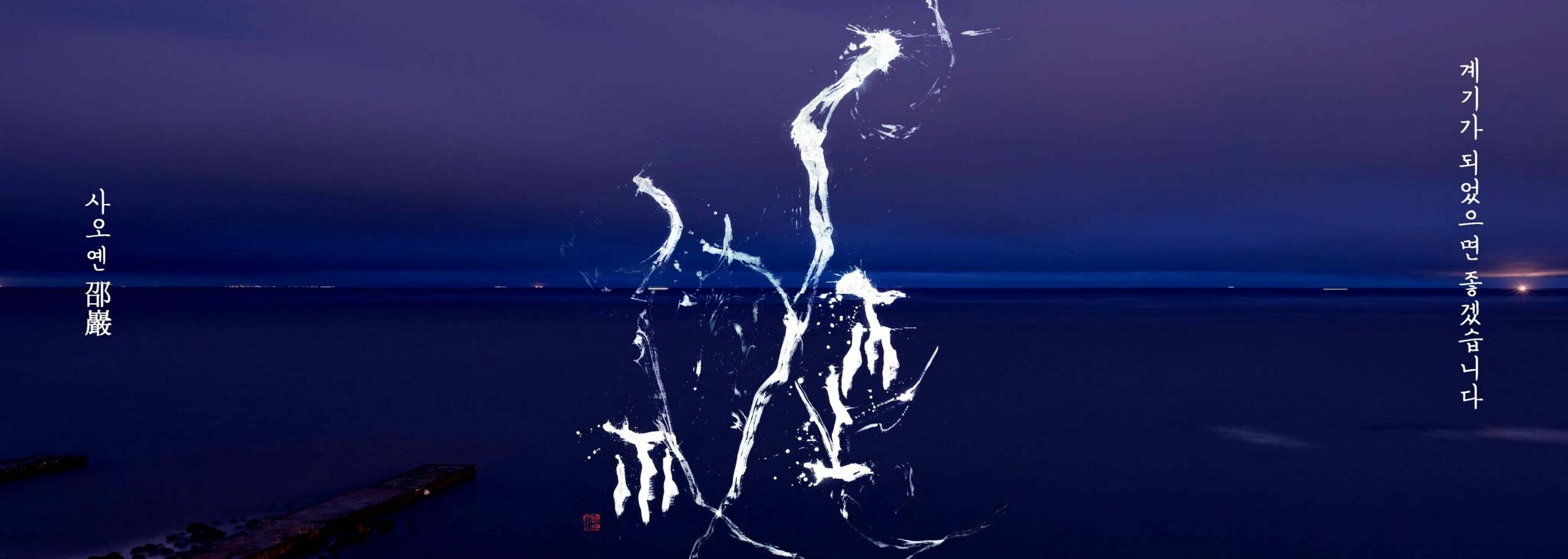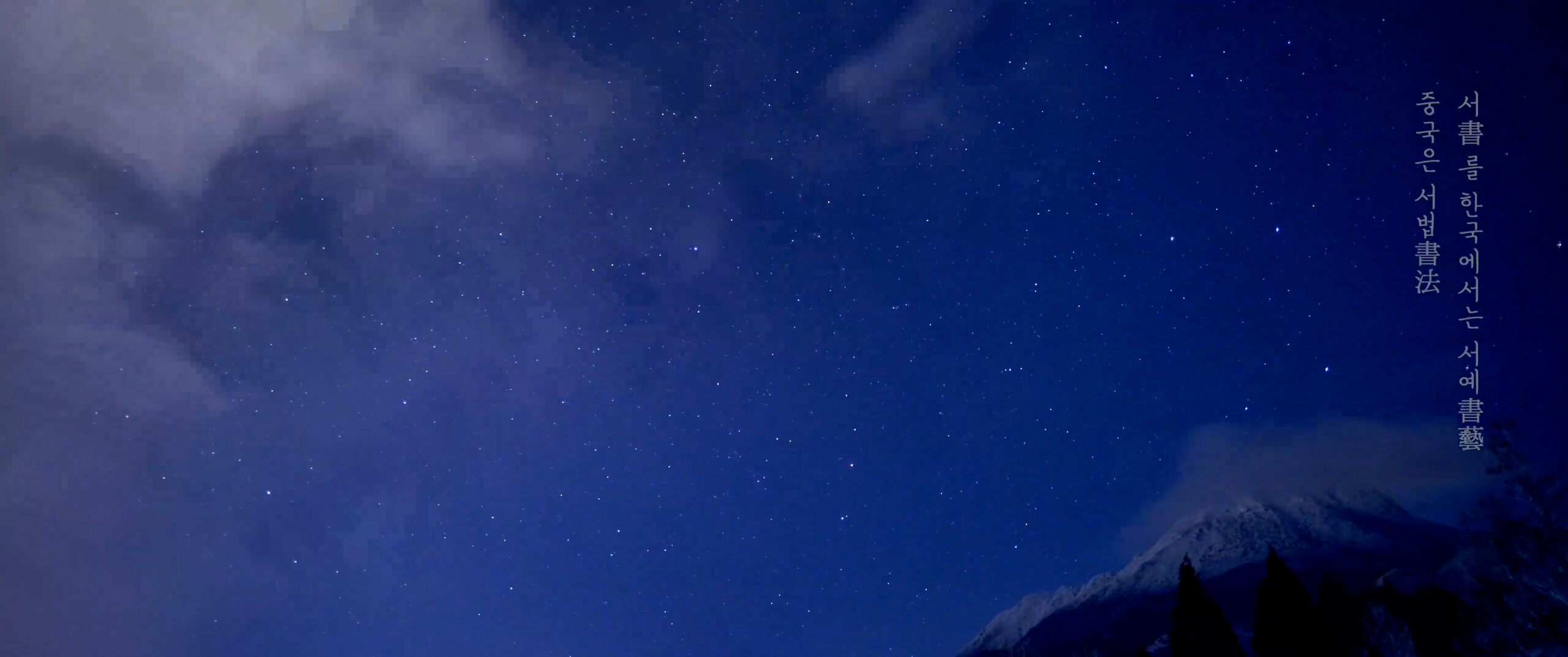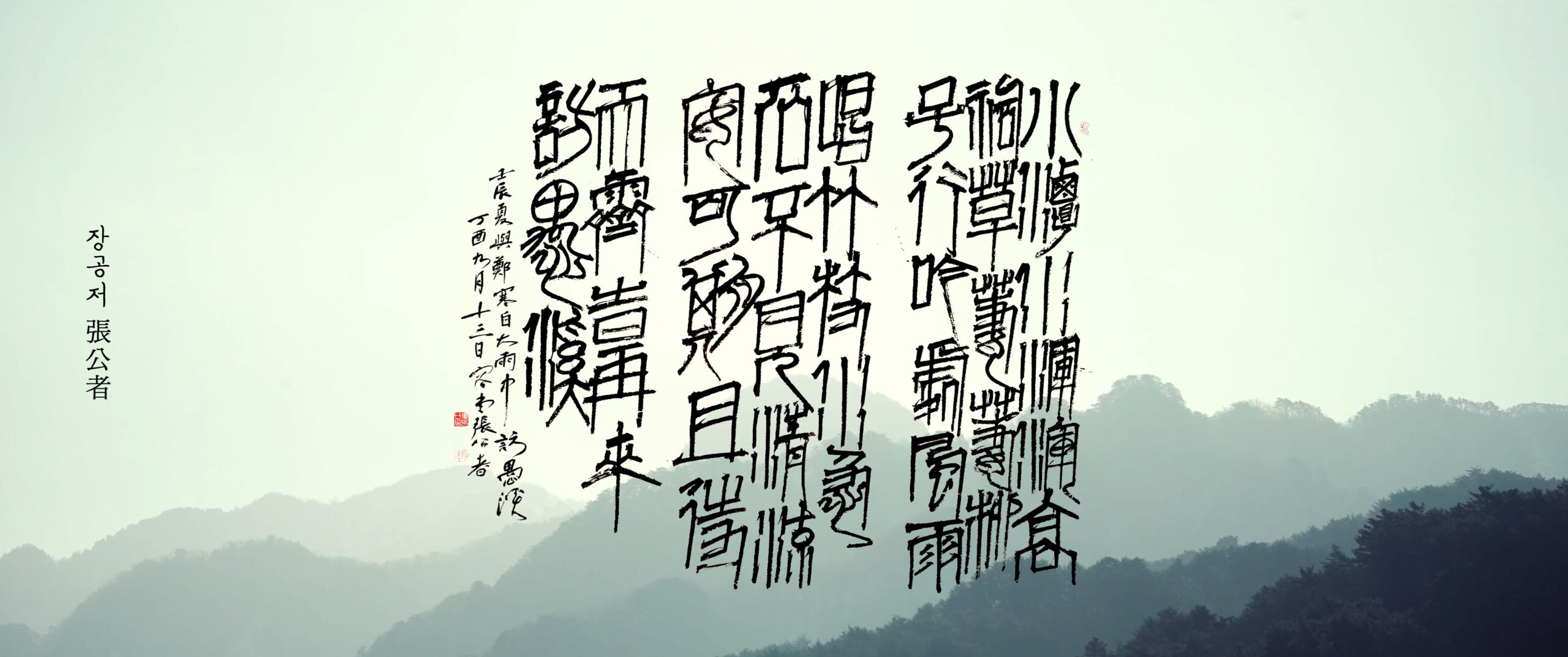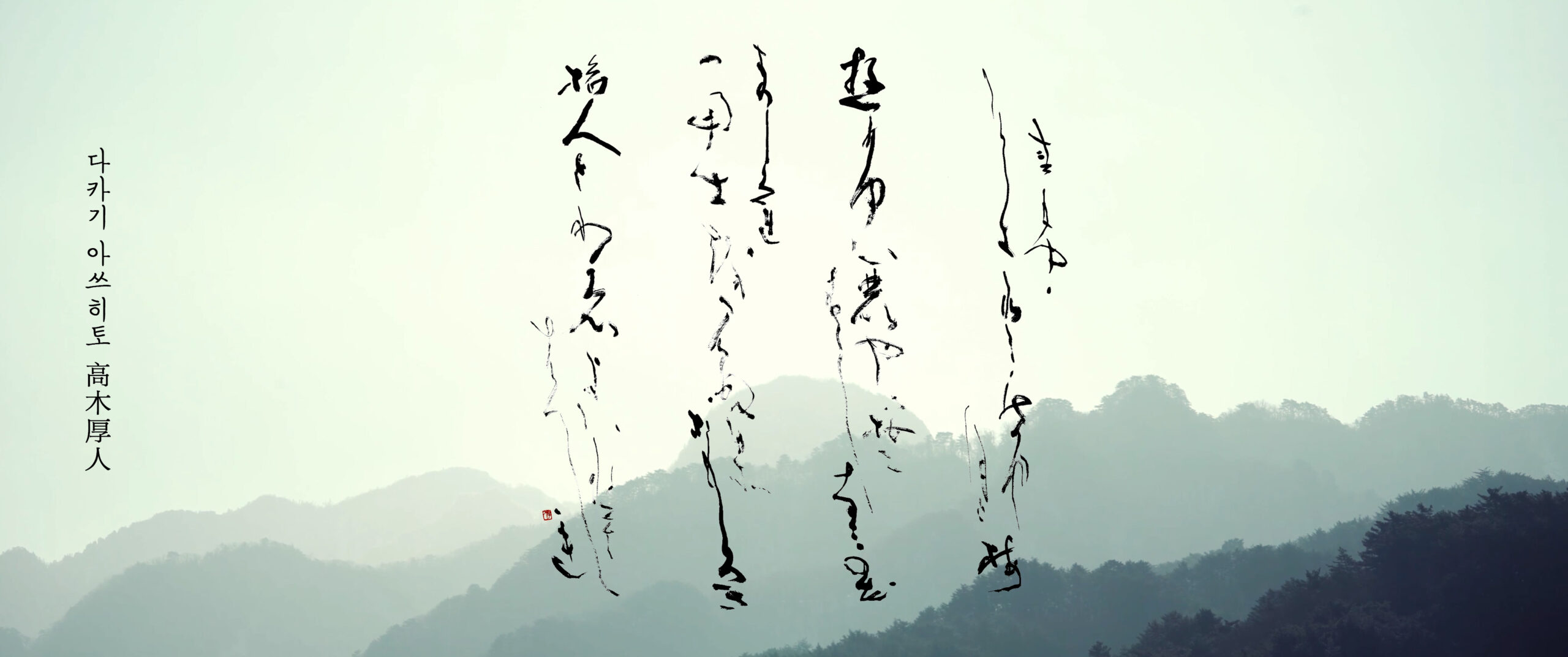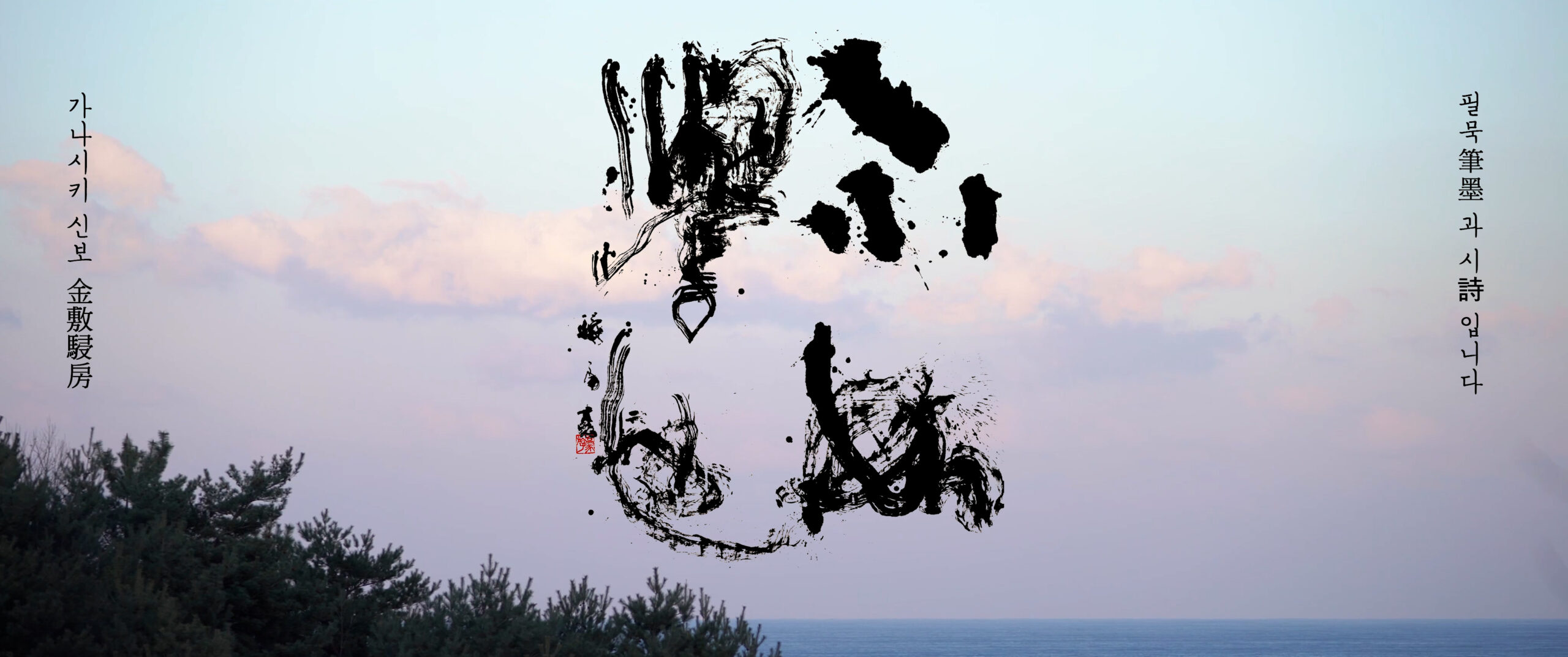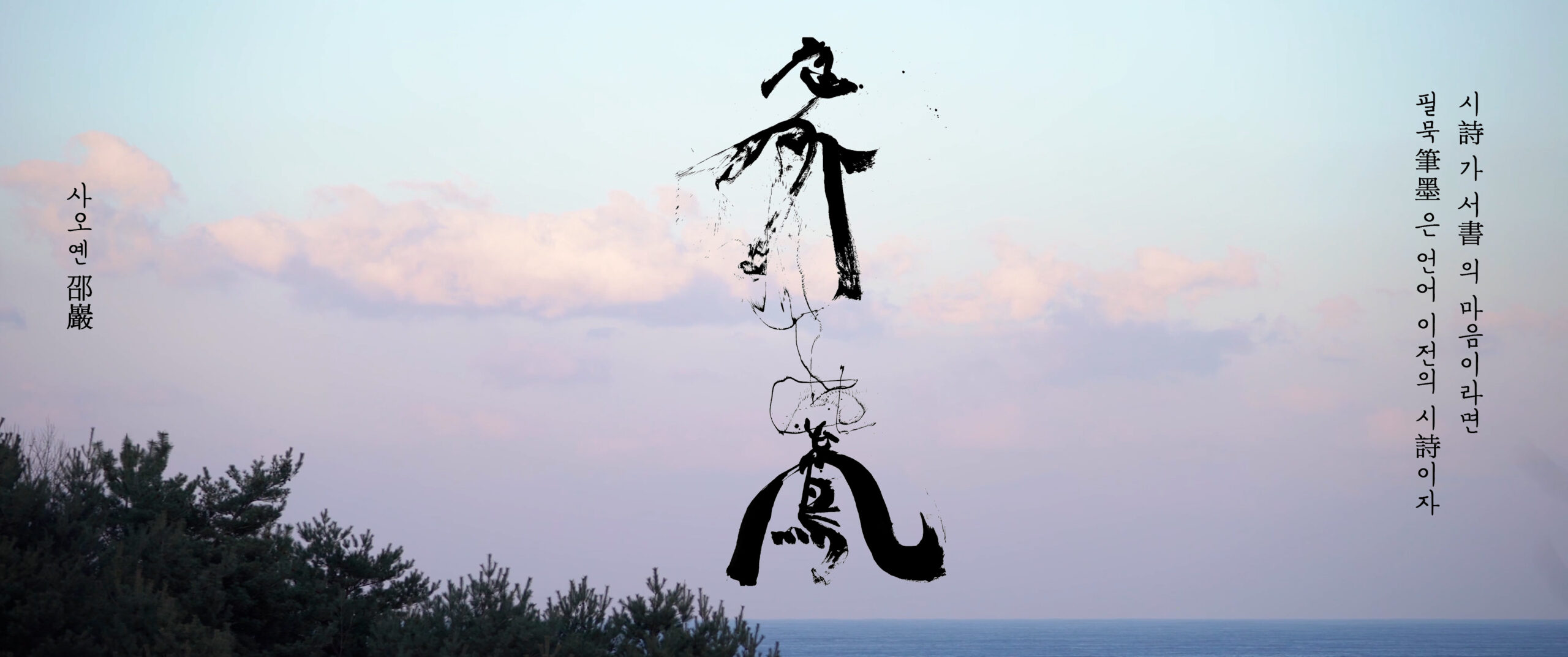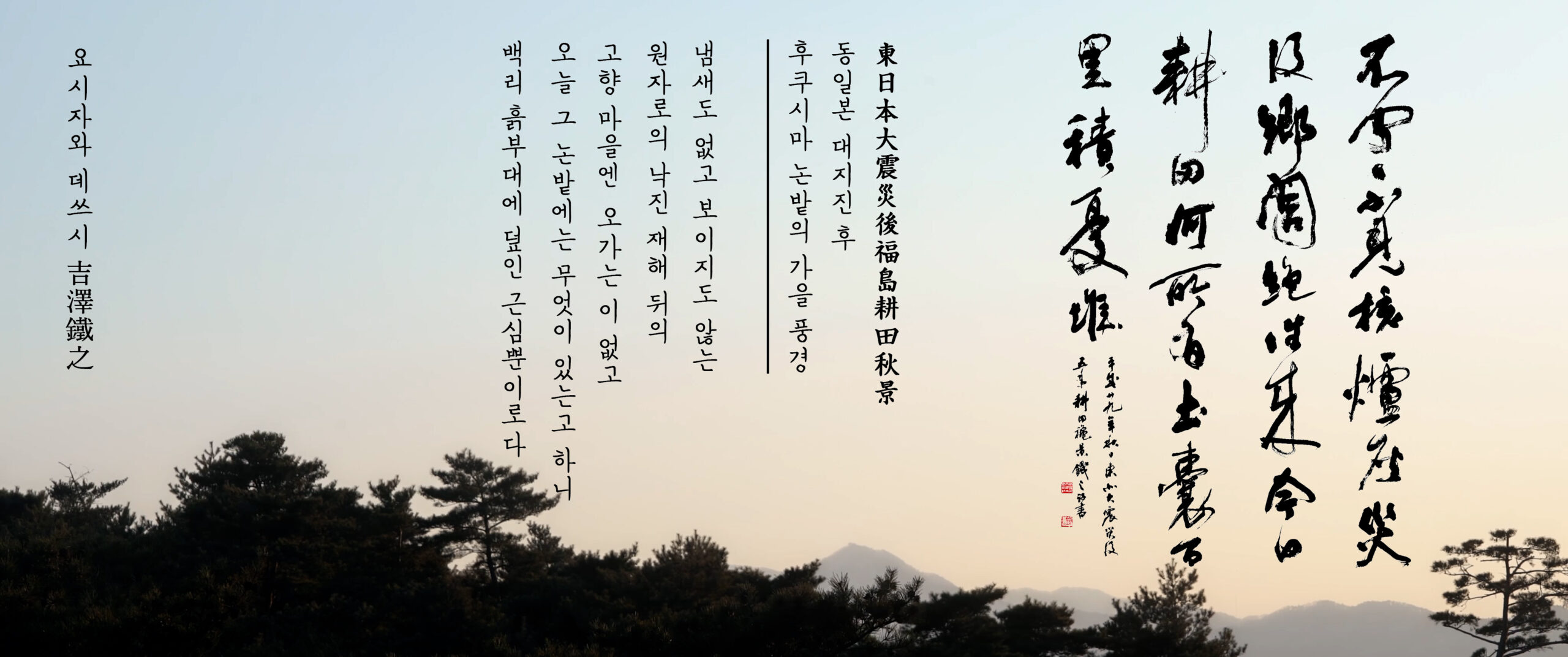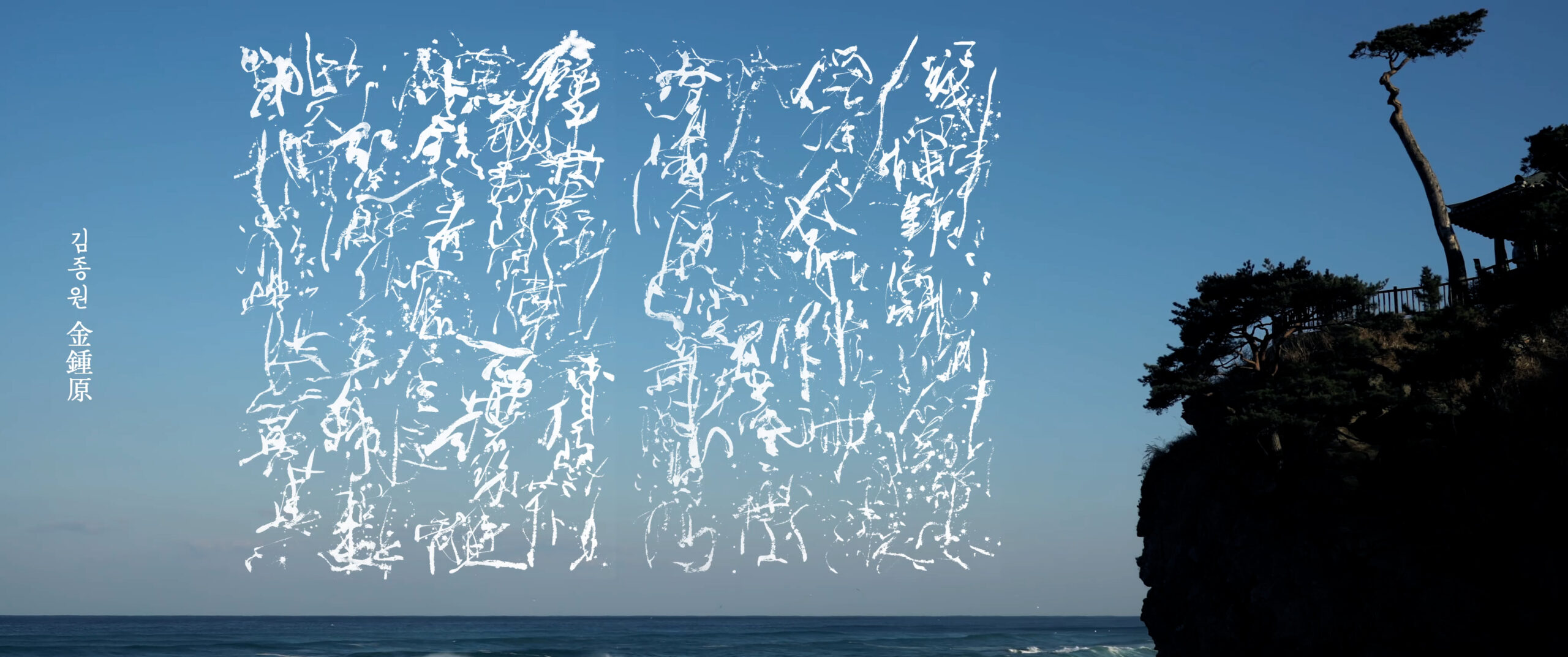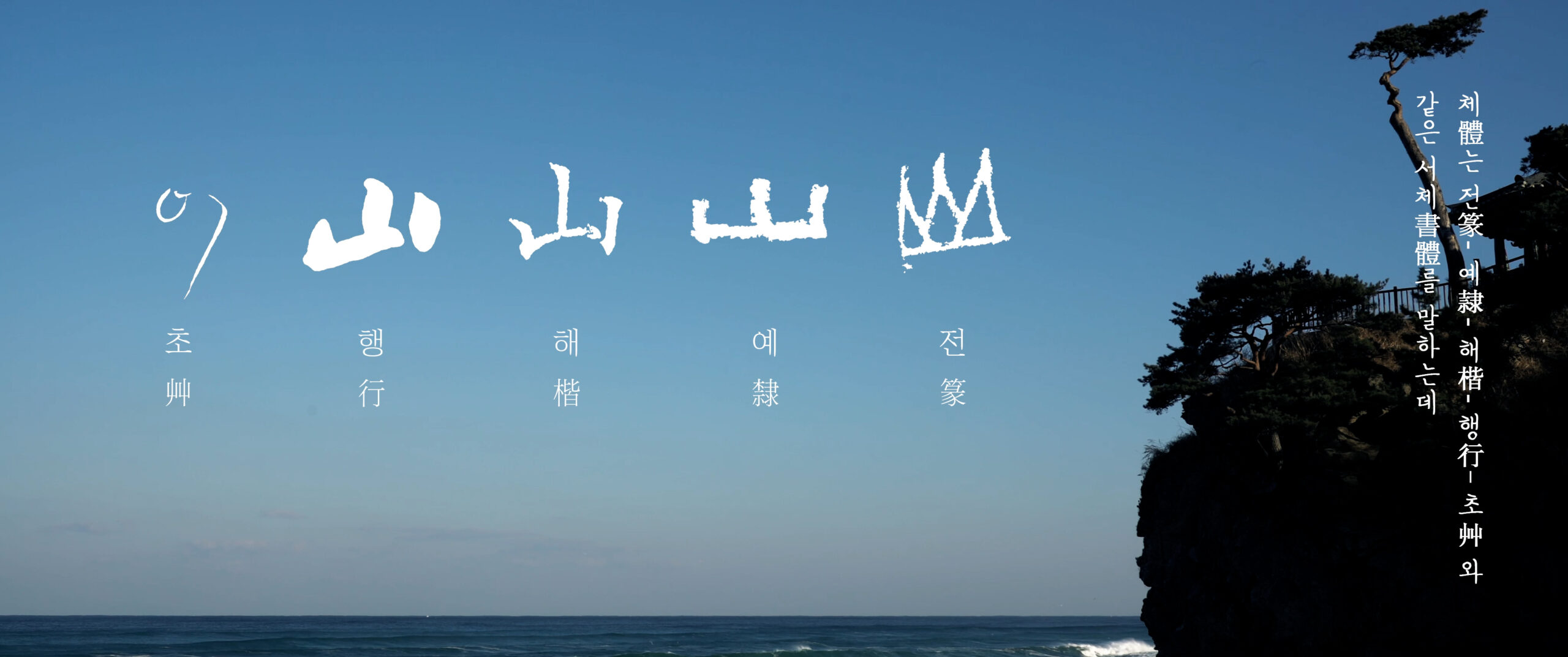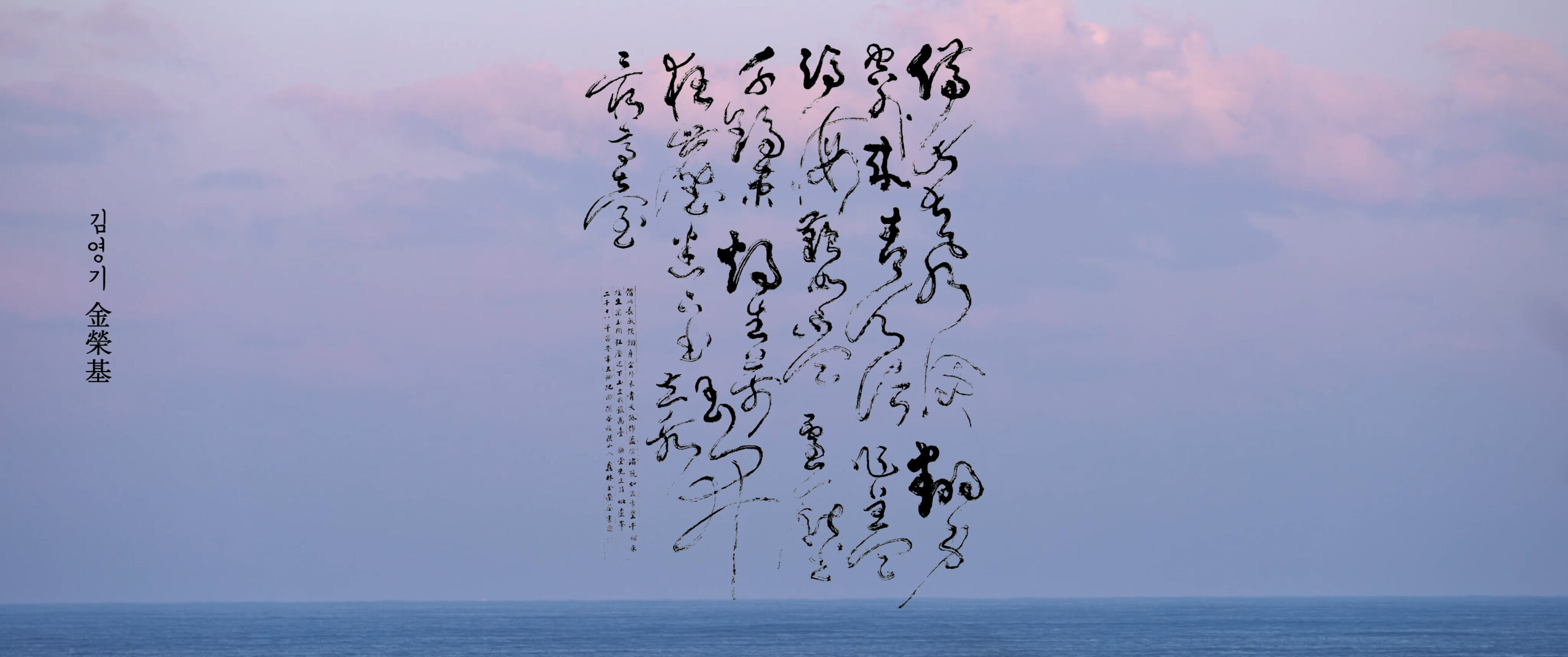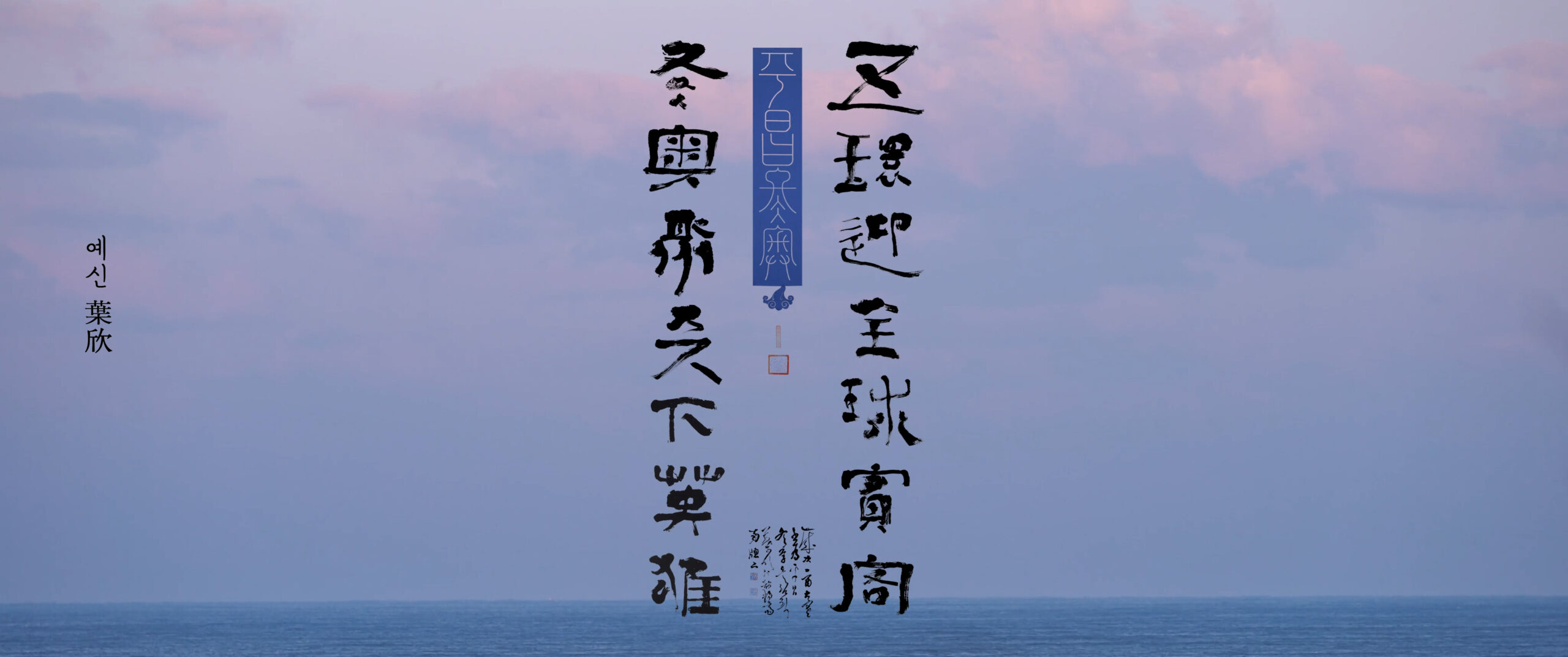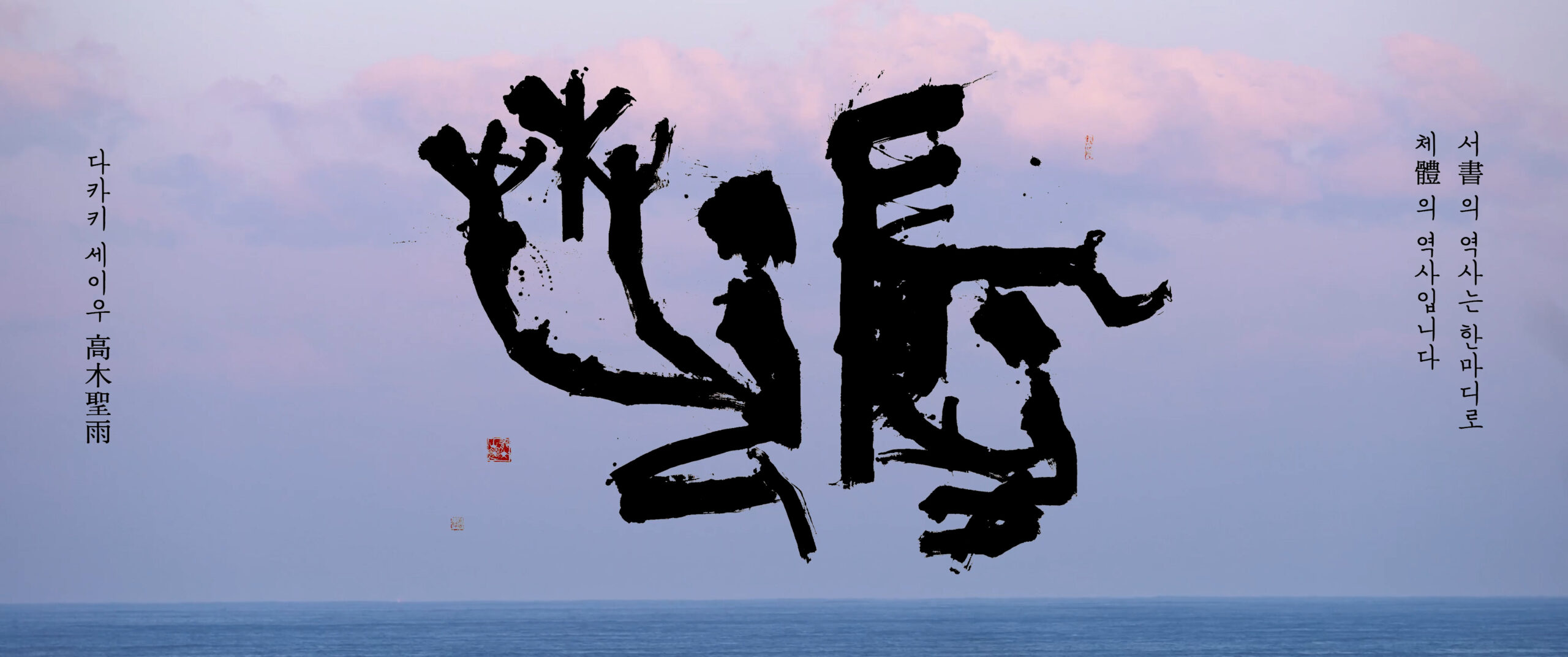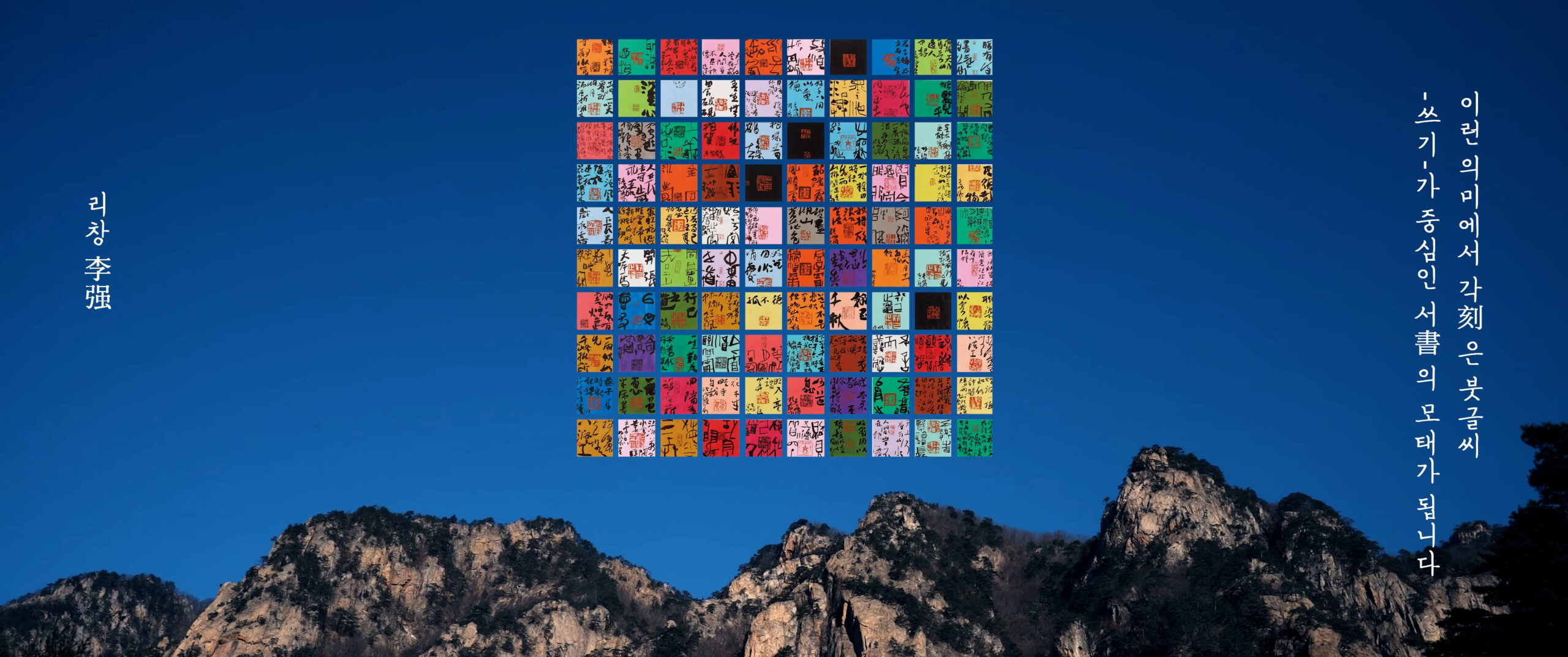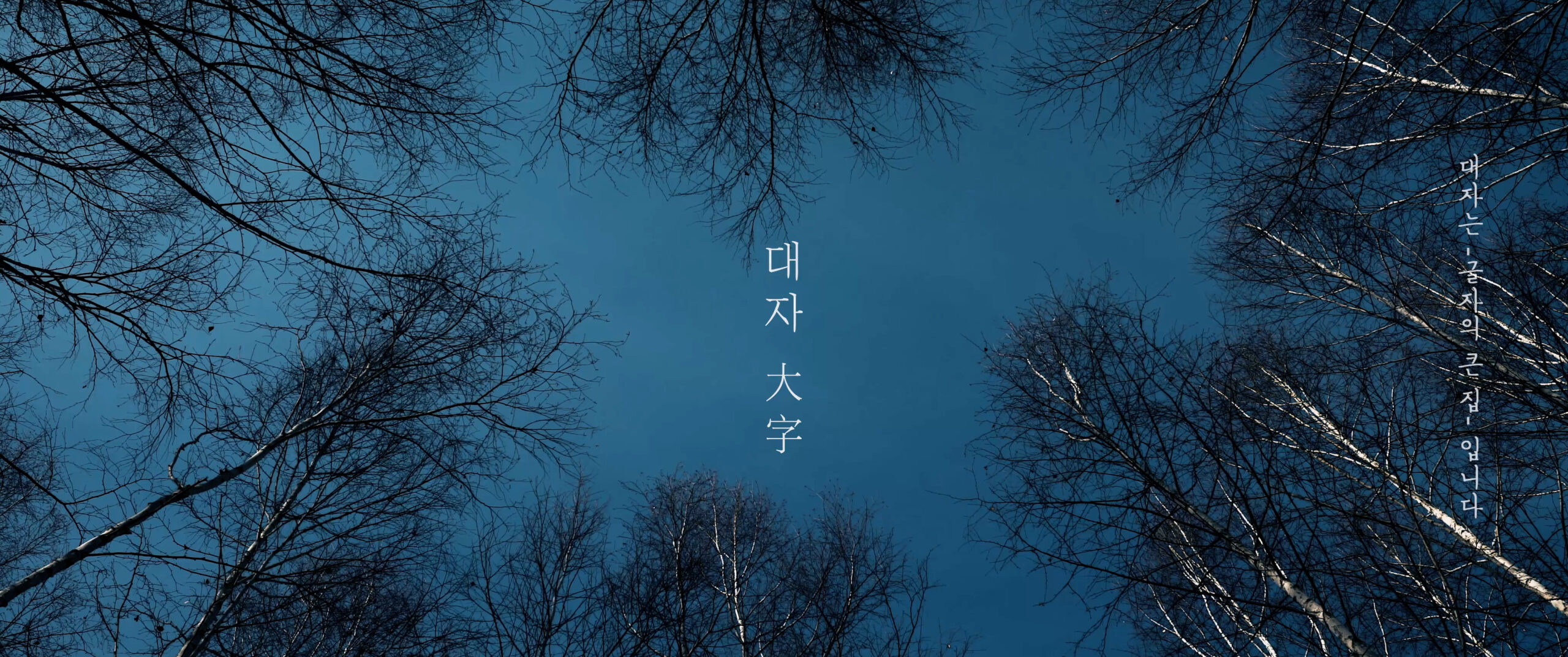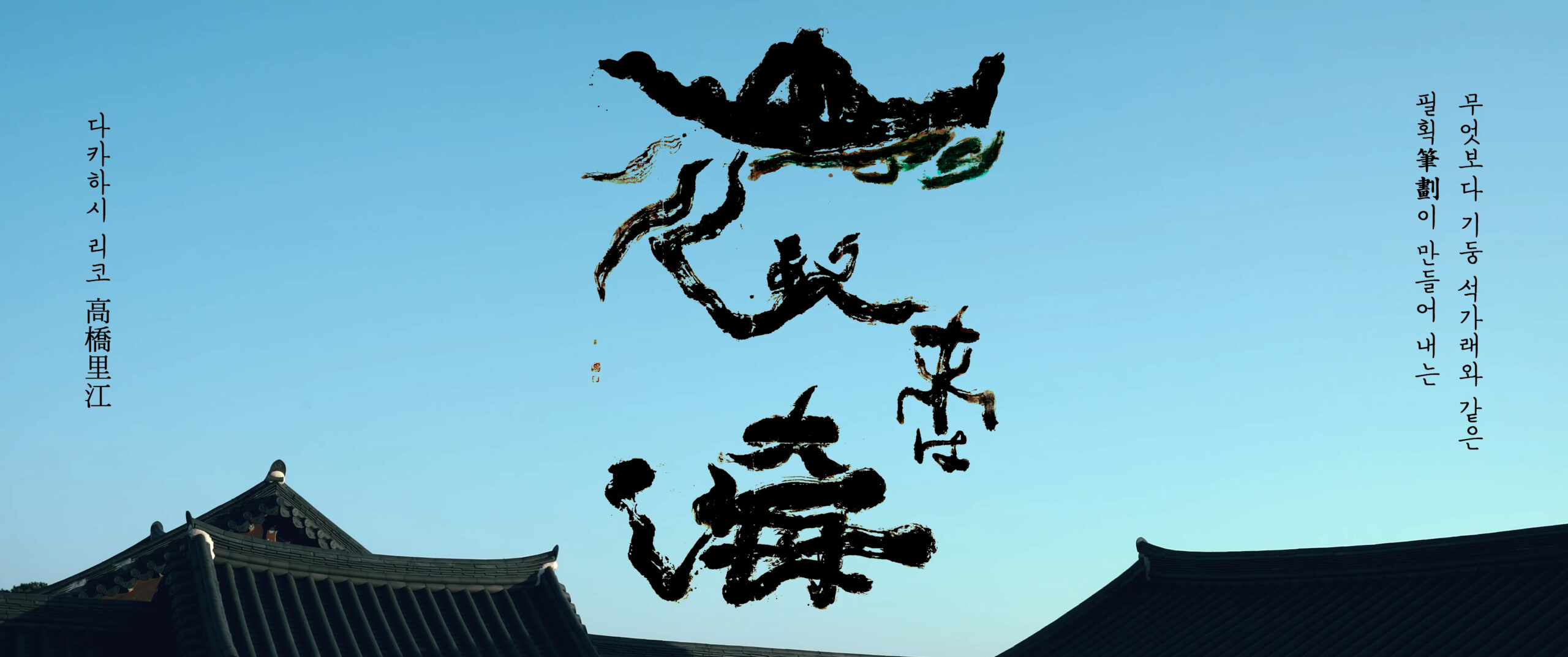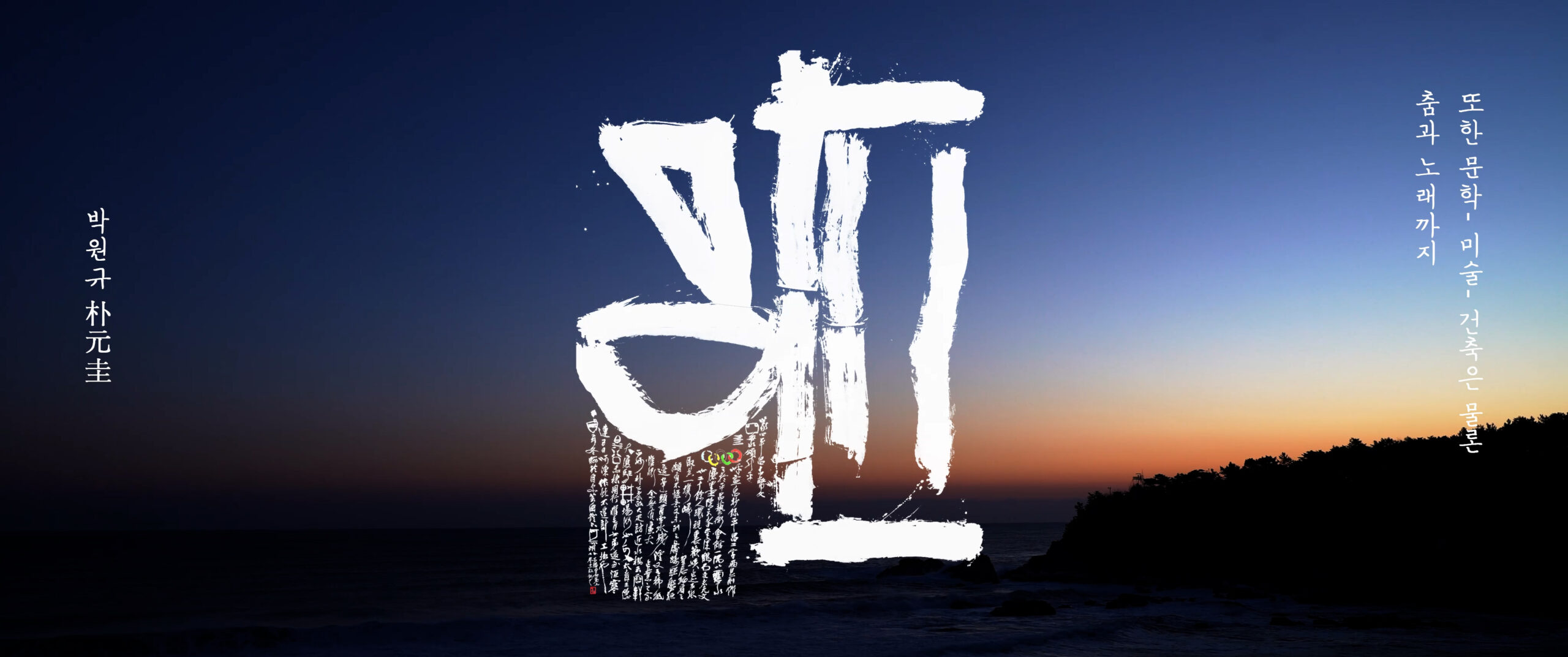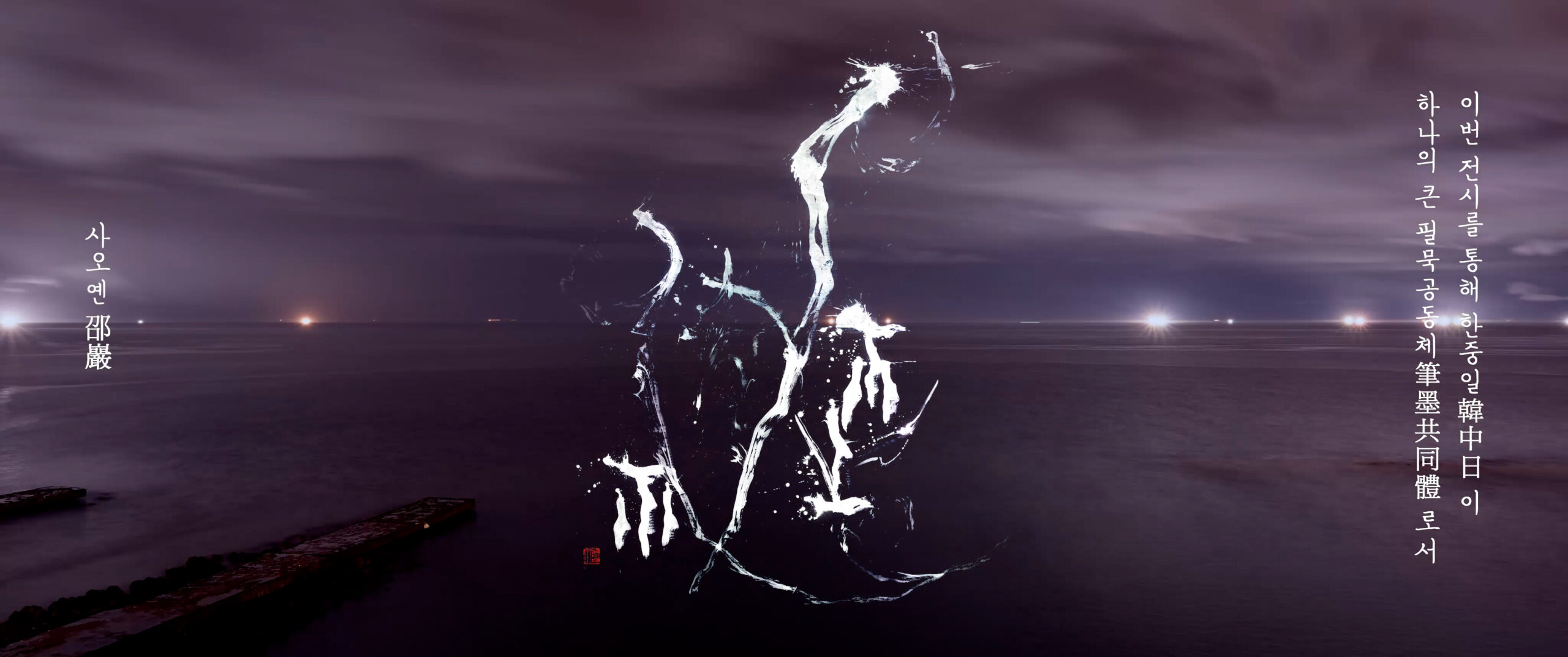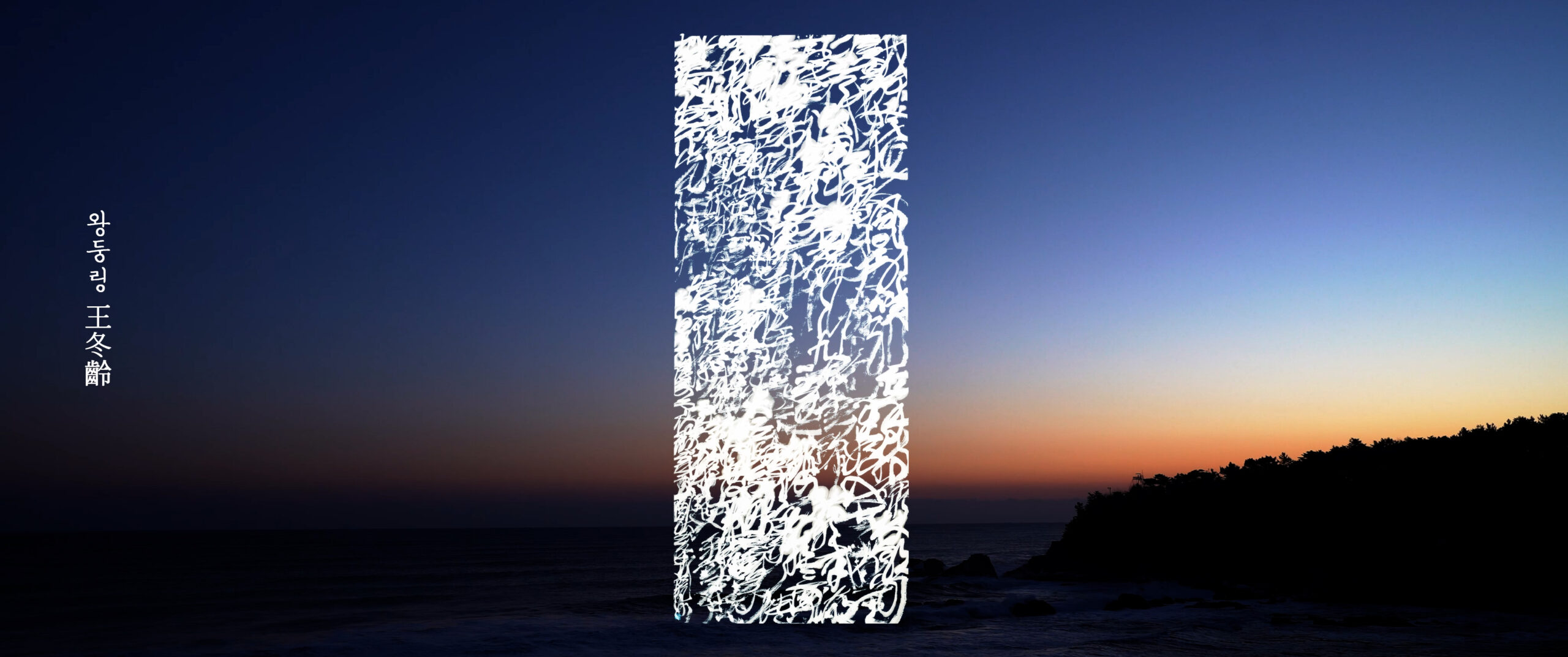작업 소개
57STUDIO는 예술의전당 서예박물관에서 개최된 2018 평창올림픽 & 패럴림픽 기념 전시 《동아시아 필묵의 힘》의 전시 영상 콘텐츠를 기획 및 제작하였습니다. 본 전시는 한·중·일을 대표하는 75명의 서예 작가가 참여하여, 동아시아 서예의 정신과 조형적 특징을 조명하는 자리였습니다.
57STUDIO는 전시장 내 상영될 작품 영상을 통해 서예가 지닌 힘과 아름다움을 시각적으로 표현하는 데 집중하였습니다. 강원도 양양, 고성 일대와 화재 이전의 낙산사 풍경을 촬영한 장면에 서예 작품을 합성하여, 자연의 흐름과 서예의 역동성을 조화롭게 담아냈습니다. 이를 통해, 전통 서예가 단순한 조형 예술을 넘어 자연과 조응하는 깊은 철학적 의미를 지니고 있음을 전달하고자 하였습니다.
57STUDIO는 영상 매체를 활용하여 서예의 시각적·정신적 깊이를 새롭게 해석하고, 관람객들이 보다 몰입감 있게 감상할 수 있도록 구성하였습니다.
57STUDIO planned and produced the exhibition video content for The Power of East Asian Ink, a commemorative exhibition for the 2018 PyeongChang Olympic & Paralympic Games, held at the Seoul Calligraphy Art Museum in the Seoul Arts Center. This exhibition featured 75 leading calligraphy artists from Korea, China, and Japan, highlighting the spirit and aesthetic characteristics of East Asian calligraphy.
57STUDIO focused on visually expressing the power and beauty of calligraphy through exhibition videos displayed in the gallery. By integrating calligraphy works into footage shot in Yangyang and Goseong, Gangwon Province, as well as pre-fire landscapes of Naksansa Temple, the videos harmoniously captured the dynamic energy of calligraphy alongside the natural flow of the environment. This approach aimed to convey that traditional calligraphy is not merely a visual art form but also carries a profound philosophical connection to nature.
Through the use of video media, 57STUDIO reinterpreted the visual and spiritual depth of calligraphy, creating an immersive experience that allowed visitors to engage with the art on a deeper level.


